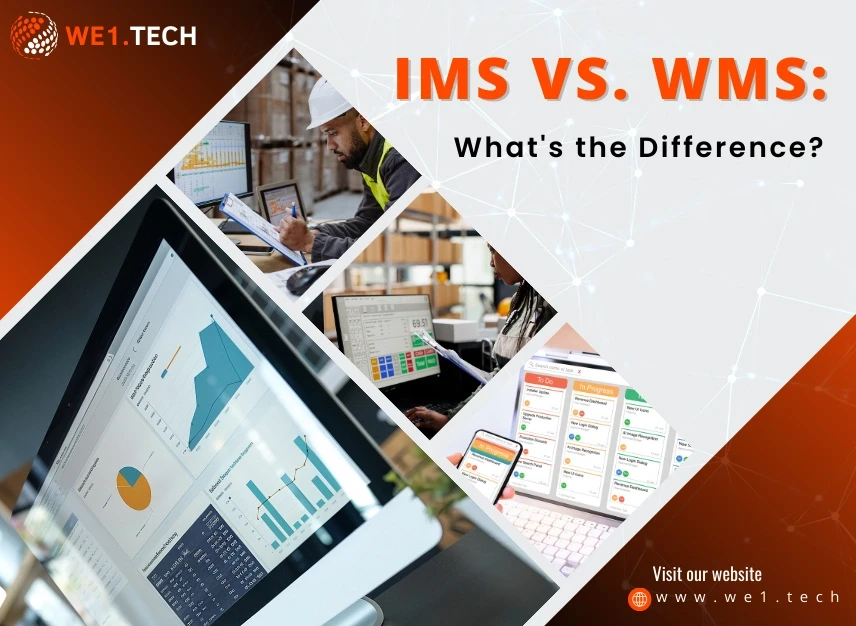
Any business that deals with products knows the importance of inventory and warehouse management. Nowadays, many companies are turning to software solutions to manage these tasks. The two most prominent options to choose from are inventory management systems (IMS) and warehouse management systems (WMS). On the surface, these systems seem to have similar roles. However, they serve different purposes, offering unique features and benefits.
Primarily, IMS maintains accurate stock levels with real-time tracking capabilities. While WMS manages day-to-day activities in a warehouse, from receiving to order fulfillment.
In this blog post, we will learn the difference between inventory and warehouse management software systems. We will also provide valuable tips on how to choose the best option. So, let's dive in!
What is an Inventory Management System (IMS)?
At its core, an inventory management system is a software suite that specifically manages stock levels throughout the supply chain. Businesses use IMS to handle both raw materials and finished goods. This innovative tool, monitors all the stock levels, whether they are on the way, in a store, or in a warehouse.
Additionally, IMS comes with automation tools that enable users to set replenishment points and reminders when stock is low. This ensures that companies have sufficient stocks to meet consumer demands. It also helps locate and retrieve products from the storage to fulfill customers's orders. It also offers real-time insights into purchase history, sales trends, and more. All in all, an IMS is a game-changing tool in modern times that manages everything related to a business' inventory.